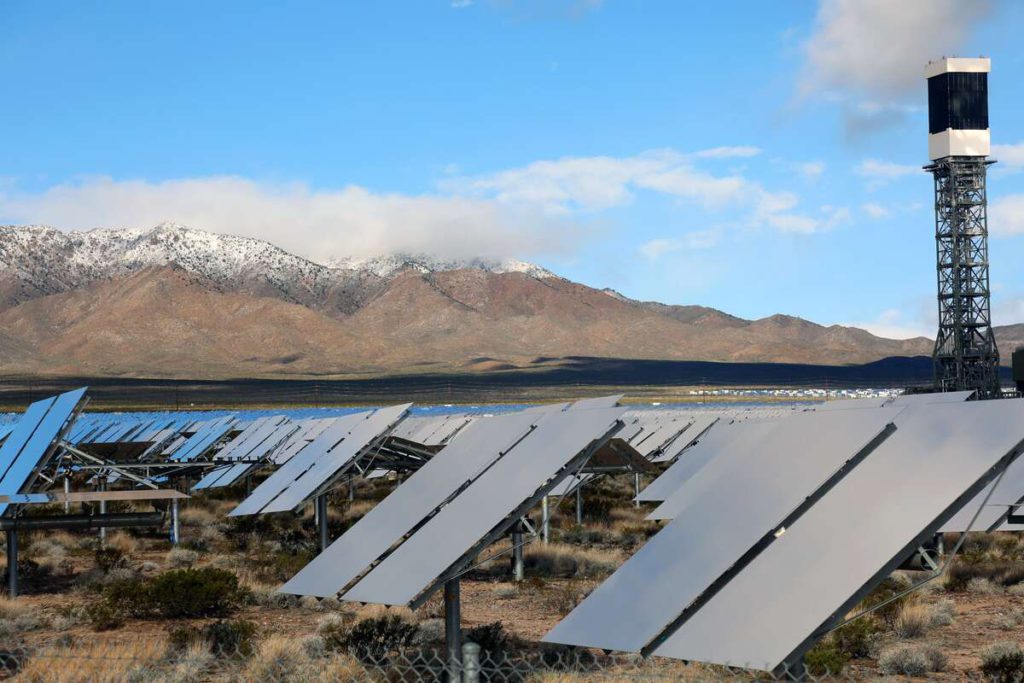The earth intercepts a great deal of solar energy … about 137,000 terawatts- ten times what the occupants of the Earth use. So, is it likely that one day the world will depend totally on solar energy? To answer that question, first we need to study how the photovoltaic panels do it. By transforming solar energy into electrical energy. Photovoltaic panel are made of smaller modules called solar cells. The most common solar cell is made of silicon. It is semiconductor and is the second most abundant in the world. In the solar cell, Crystalline silicon filler is done between conducting layers. Each silicon atom is linked to neighboring atoms by 4 strong bonds This keeps the electrons in place and hinders the existing from streaming. Here lies the key: A silicon solar cell uses 2 various layers of silicon. The very first is N-type, which contains additional electrons. The p-type includes extra electron areas called cavities. And at the point where the two kinds of silicon fulfill, electrons can take a trip through the meeting point (p \ n) Leaving a positive charge on one side and a negative charge at the opposite.
You can think about light as a flux of infinitesimal particles. They are called photons. After introducing from the sun, when among these photons strikes the silicon cell, enough energy you can launch an electron from its bond, leaving a hole. The adversely charged electron and the favorably charged hold position, They are now totally free to move easily. However due to the electric field at the meeting point (p \ n), they can just go in one direction. An electron is being pulled in the instructions of n while the gap is being pulled to the instructions of p. The moving electrons are collected by thin metal fingers at the top of the cell. From there, it goes through an external circuit to do electrical work, as a running light bulb And that prior to returning through the conductive aluminum plate at the back. Each silicon cell puts half an electrical voltage However it is possible to arrange them in modules to obtain more power. 12 photocells are enough to charge a cell phone While it needs a number of systems to run an entire home. Electrons are the only moving parts of a solar cell And all of it goes back to where it originated from.
Absolutely nothing gets used up or consumed. So solar cells can last for many years. So, what is hindering us from becoming absolutely based on solar energy? There are political aspects at work. Not to mention the industrial interests that press for the extension of the status quo. But let’s focus now on the physical and market obstacles The most apparent of these obstacles is that solar energy is not equally distributed throughout the world. Some locations are sunnier than others. In addition to being unpredictable, only a little solar power is offered on cloudy days or at night. Therefore, overall reliance will require efficient methods For getting electrical power from sunny to cloudy areas, And efficient energy storage. The effectiveness of the cell itself is also a challenge. If sunshine is reflected rather than absorbed, or if the expelled electrons fall into a space prior to they cross the circuit, the energy of this photon is lost. The most effective solar cell to date- just 46% of the offered sunlight is converted into electrical power. Most of the present business systems have an efficiency of 15-20%.
In spite of these restrictions, in fact, it would be possible powering the whole world with present solar cell technology. We will may need financing to build the facilities And a big area. Price quotes put it in tens to hundreds of thousands of square miles. Which looks like a huge area, However just the Sahara Desert is over 3 million square miles. On the other hand, the solar cells improve and lower the expense. And take on electrical energy from standard networks.
And some innovations such as solar cell farms can totally alter the landscape. Putting aside thought experiments, there is a truth that there are over a billion people that do not have an authorized source of electrical energy. Particularly in establishing nations, which has a warm environment. For that reason, in those places, solar energy is much cheaper and much safer than the options offered, like kerosene.
The post Solar Panels and the Way They Work appeared first on Nevada Solar Group.
source https://nevadasolargroup.com/solar-panels-and-the-way-they-work/?utm_source=rss&utm_medium=rss&utm_campaign=solar-panels-and-the-way-they-work

No comments:
Post a Comment